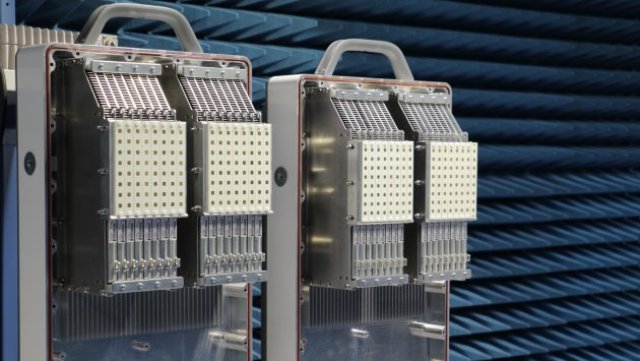 Telefonica Chile, a mobile network operator, has selected Ericsson to completely virtualize the operator’s core network.
Telefonica Chile, a mobile network operator, has selected Ericsson to completely virtualize the operator’s core network.
A fully virtualized core network provides the operator with faster time-to-market of innovative new products and services that capture the opportunities presented by use cases in 5G and the Internet of Things (IoT).
With this deal, Telefonica Chile will also receive the first 5G Ready Core network in the country from Ericsson.
Ericsson will deploy its Network Functions Virtualization (NFV) solution, including virtual EPC, virtual IMS, virtual AAA and NFVi. This provides Telefónica Chile with the largest number of virtualized telco applications in a shared resource environment known as UNICA.
“As market leaders in key 5G technologies such as NFV and SDN, Ericsson is helping mobile operators around the world to evolve their existing networks toward 5G,” said Nicolas Brancoli, head of Customer Unit South Latin America.
Ericsson said it will virtualize all telecommunications applications into a shared environment known as UNICA, with three datacenters in operation across the country. Installation, project management, network optimization, training and Managed Services are part of the agreement.
Telefonica Chile Capex
Telefonica Chile has 12.2 million (–1 percent) subscribers including 9 million (–2 percent) mobile users.
Telefonica Chile said LTE subscribers rose 40 percent with 26 percent penetration (+8 p.p.) and 81 percent coverage, driving mobile data traffic +66 percent in the third quarter.
Telefonica Chile said Retail fixed broadband accesses increased to 1.1 million (+2 percent) and reached 7k net additions in the quarter.
FTTx accesses (354k) rose 13 percent after reporting quarterly net additions of 12k accesses (30k in the first nine months of the year) with a coverage that reached 1.2m premises passed (29 percent connected).
Telefonica Chile’s revenues amounted to €523 million in January-September with a decrease of 0.7 percent (–1.1 percent in January-September), which reflected the market’s competitive intensity.
Mobile service revenues of €259 million decreased 3.8 percent, negatively affected by the higher competitive intensity in contract and prepay, and by the reduction in interconnection prices (-1.6 p.p. in the quarter’s y-o-y variation; -1.5 p.p. in the first nine months).
OIBDA reached €158 million in the quarter (–10.9 percent) with OIBDA margin of 30.2 percent in July-September.
Capex of Telefonica Chile amounted to €238 million in the first nine months (–20.8 percent) and was mainly allocated to the 4G coverage and to the deployment of high-speed networks in the fixed business.
ZTE and Telefonica
Meanwhile, ZTE earlier announced the completion of phase-1 5G transport test in cooperation with Telefonica at its Future Networks Lab in Madrid, Spain.
“The test results completely meet the expectation,” said Luis M. Contreras, GCTIO of Telefonica. According to the plan of Telefonica, it will continue to perform phase-2 transport test together with ZTE, and will perform further tests and verification for 5G end-to-end solutions.
ZTE provided the new 5G Flexhaul solution, a transport solution integrating fronthaul, midhaul and backhaul features. It comprises ZXCTN 609 based on FlexE Tunnel technology, and ZXMP M721 CX66A based on low latency OTN (Optical Transport Network) technology.





